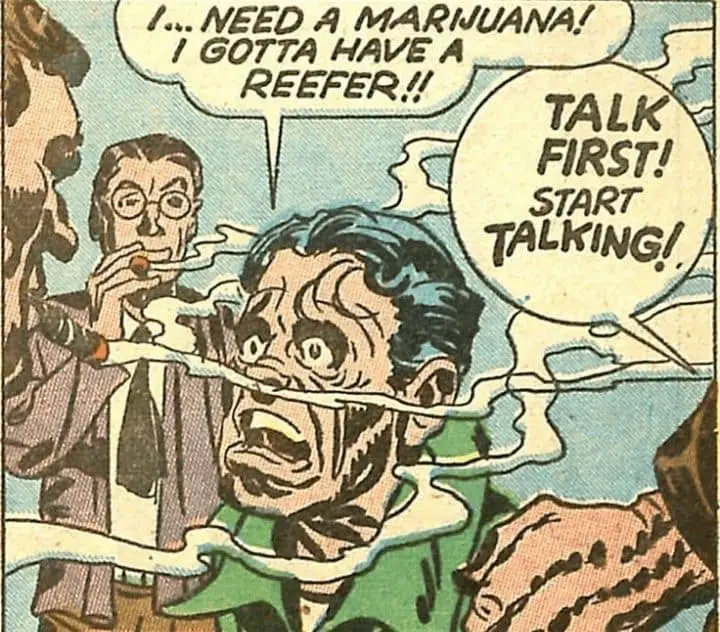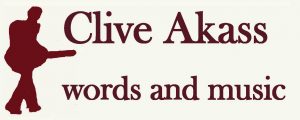CREDO
IT seems to me #2
Memes, jokers, and the global superorganism
I was, of course, not alone in seeing society in the light of infant information science. People better versed than me in evolutionary theory developed the concept of memes — ideas competing for survival in culture in the same way genes compete for survival in life.
The clumsy graphical essay above, which I concocted in the late seventies, approaches the same idea from a different angle, still uninformed even by the sight of a computer. You could see it as a historical curiosity: a precomputer human trying to come to terms with the insights promised by the looming computer age.
It depicts the metabrain and the social mind as essentially conservative, with people bombarded with so much information that most is processed with little consideration in the light of obstinate attitudes.
I called this the inertial social mind because it resists change and generally promotes stability. The inertia was balanced by what I called the jokers of the pack who kept new or maverick ideas alive. As successful ideas tended to survive, any joke was a potential winner. Even losing jokes had their uses because they inhibited change and like dormant genes they might prove useful in the future.
Many people today would consider religions to be losers in this sense. But however irrational religions are, however right or wrong, they have a function in helping people come to terms with the enormous and sometimes terrifying fact of being alive, and they encompass aspects of it that science cannot reach. Like our relationship to existence.
Back in the seventies I was consciously playing the joker, flirting with superstitious ideas that my own intellect rejected, hence the name of my soon-to-be published memoir Joker. I was following a fad for Forteanism, taking seriously all reports of improbable phenomena on the grounds that if only one were found to be true it would break science. It was a joke on science, which I saw as engendering a new fundamentalism.
The joke turned very sour with the arrival of mass computing and social media, which changed the dynamics of human discourse. An entire book could hardly do justice to the changes but one effect as the web stands today has been to marshal the forces of idiocy. Science and reason need defending.
Parts of the graphic make me squirm now, as if I am reading an old school composition, which in a way I am even though I was aged about 35 at the time I wrote it. I suppose I was trying to figure out what I myself believed, as indeed I am doing now.. I had reverted to the beliefs of my childhood, like I was starting all over again, trying to work it all out from scratch. This was the space I was in when I wrote the song Tom the Fatalist. Too much India, too much hashish, too much credulity, too much guru. But stimulating. In retrospect it looks like a mental reset, and not all a bad thing.

This depiction of a pot addict may be ludicrous but it is hardly less informed than the early reaction of the authorities to the drug’s growing popularity.
I don’t want to bang on about drugs, which are a largely thing of the past for me, but pot was a big issue at the time and it struck me as a prime example of the working of the inertial social mind. The conventional view was that all recreational drugs were bad (with the puzzling exceptions of alcohol and cigarettes, both killers). The authorities were naturally concerned about the increasing use of a tricky, unfamiliar drug; they knew little of what the problems might be, largely because they ignored available information, and simply invented reasons for clamping down on it.
The result was that anyone who had experience of the drug knew they were talking nonsense, thus discrediting everything else they said. Yet campaigns against pot were successful in their own terms by slowing down acceptance of a substance that we are still learning how to live with. Bad jokes had done their work.
All this is just another slant on society, much simplified. But I’d like to stretch that parallel with ants a little further. The survival of the ants, as opposed to the individual ant, rests in the survival of the nest which embodies their communal intelligence. The nest has a life cycle of its own, different from the individual ant, and can be seen as a quasi organism in itself, a species of superorganism.
We are ourselves are both an organism and a superorganism, having a symbiotic relationship with trillions of microorganisms in our bodies: they keep us alive; we keep them alive. We are their nest. The world is our nest. And where does our collective intelligence lie but in the metabrain, of which we, antlike, are part?
The word metabrain is slanted to our perspective. Zoom out and the living world looks like a superorganism. James Lovelock, who propounded this view with great erudition 50 years ago, called it Gaia, after the Mother Earth of the Greek myth. He argued that from the beginning of life on earth organisms have interacted with themselves and their environment to form a global organism that regulates itself to maintain conditions for life.
For eons Gaia maintained herself thoughtlessly on automatic. Eventually some of her more complex organisms began to develop powers of reasoning until humans emerged with vastly more general intelligence than the rest (some animals, like chimpanzees, can do certain mental tasks better than us).
Humans have the ability to protect Gaia from long-term perils such as asteroid strikes. We could even protect her from us. But we have the power to disrupt her life-sustaining self-regulation, and that it is exactly what we are doing. We are in crisis. Gaia is robust and she will probably survive, and we with her, but we can’t be sure of that. Nor of what we might have to go through first. Nor how long she will take to stabilise: a tremor in her long-term weather could last millennia.
And suddenly, as part of the changes that caused the crisis, she has sprouted a brain. Our metabrain that is, now global and rapidly getting smarter. The immediate question is whether its inertial mind can swing fast enough to cope with the crisis. The next question is what happens when powerful artificial intelligence kicks in.
And there’s a niggling issue with Lovelock’s ideas. Life as we know it has been sculpted by natural selection, the survival of the fittest, which works fine among competing organisms within Gaia. But what about Gaia as a whole, alone in space, with nothing selectable but herself? Where did that complex self-regulating system come from?

[…] Go to part 2 […]